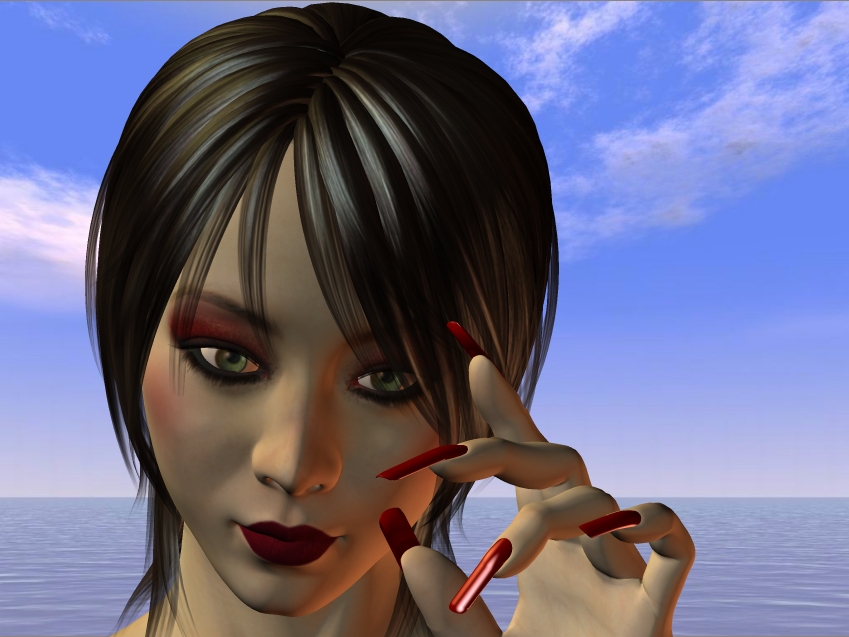

Thisfeature allows you to adjust an existing body symbol without having tocreate and place a new one. A 3D body reflectingthe 2D pose appears when the 3D Viewer is opened.Additionally, any body placed in the diagram can be further edited byselecting it in the 2D view and then opening the Body Poser toolbox. When finished, a realistic 2D planview of the posed body is placed in the diagram. The Body Poser toolbox allows you to automatically createand pose a body by selecting pre-set options and then manipulating a wireframe “stick-figure” to position it. Understanding user co-ordinate system.Easy Body PoserBodyPoserBody Poser is a complete tool for creating and posing realistic 3D bodiesin your diagrams. Part 1 - Introduction to 3D solid modelling Creating Multiline Text.Ĭreating layers and assigning objects Using layer properties manager. 3D Visualization Techniques using ArcScene (Practical) Performing Spatial Analysis (Practical)īuilding Models for GIS Analysis using ArcGIS.ġ8. Normalized Difference Vegetation Index (NDVI)Ĭlustering (unsupervised classification).ġ5. Landsat and Sentinel).įuture and development of remote sensing. Introduction to Remote Sensing (Theory and Practicals) (QGIS)

Proximity Analysis (Buffer, Multiple Ring Buffer, etc.)ġ3. Introduction to Vector & Raster GeoProcessingĬ lip, Buffer, Union, Merge Dissolve – Vector.Ĭlip, Composit Band, Mosaic, Split Rasterġ1. Georeferencing CAD data using real-world coordinates.Īpplying projection and world files to CAD dataĬonverting CAD data to geodatabase feature classesġ0. Transformation (Affine, Projective, and Similarity)ĩ. Introduction to Database Management (Practical) Reference scale, Controlling which features are labeled


Vector and Raster Data, Non-Spatial Data (CSV)Ĭreating Vector Files and Data CollectionĪttribute Table Creation/Editing, Join TableĪttribute table (Join Table & Spatial Query (By Location and Attribute) What is Spatial Data Model (Vector and Raster) What can you do with GIS? What is Remote Sensing?


 0 kommentar(er)
0 kommentar(er)
